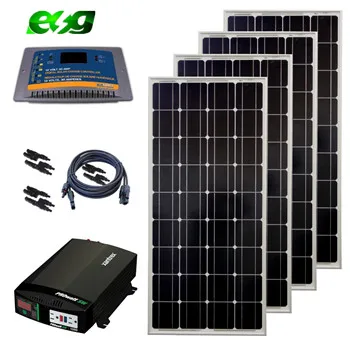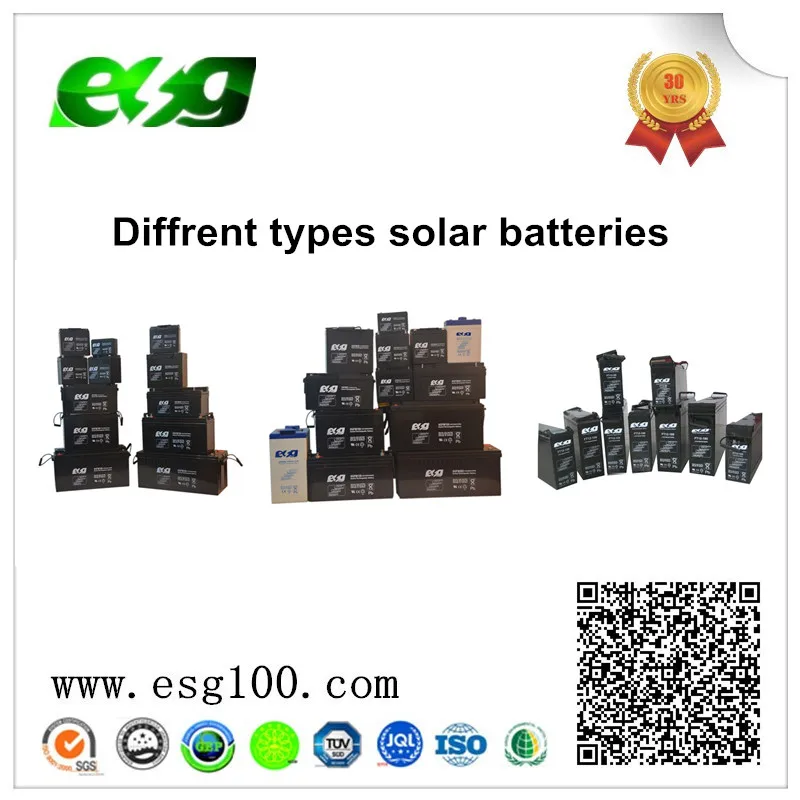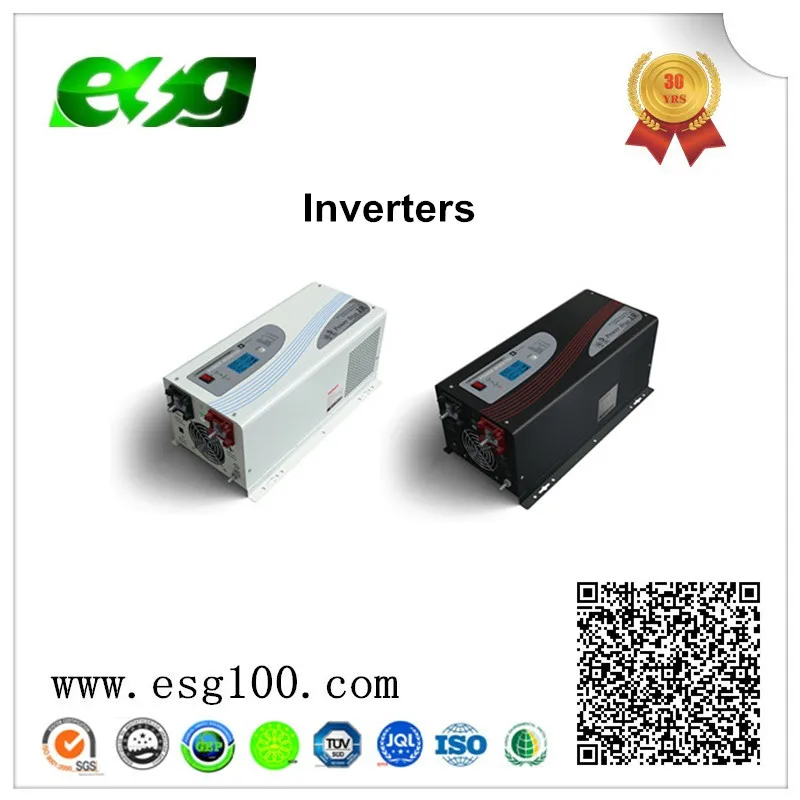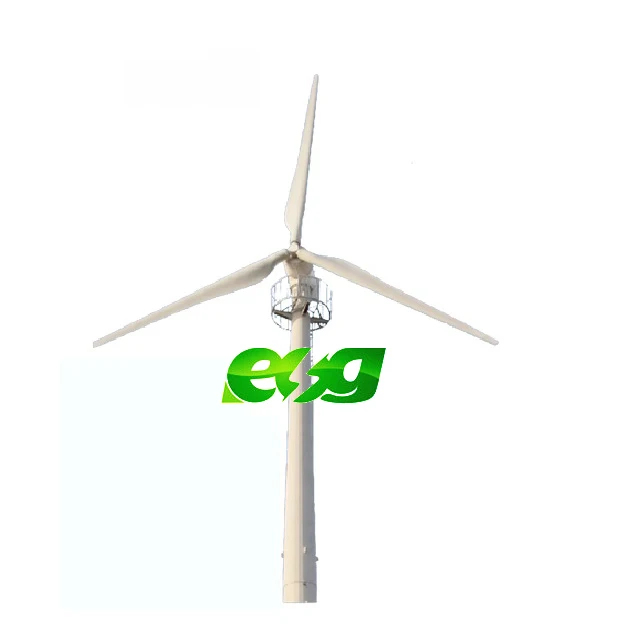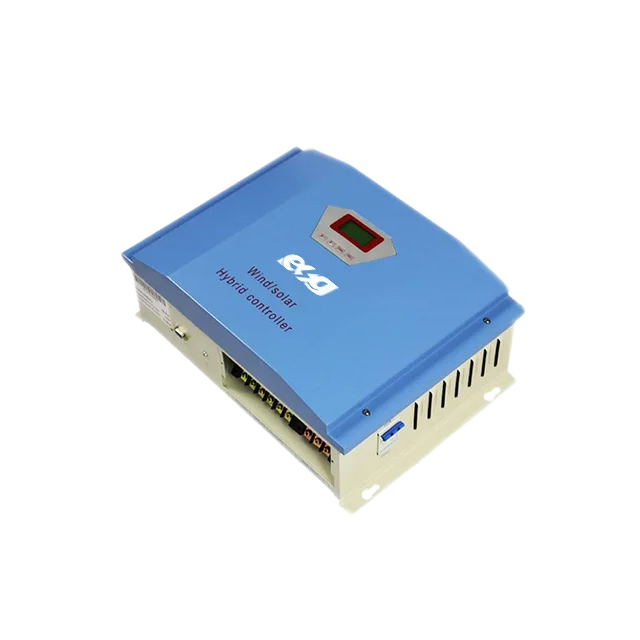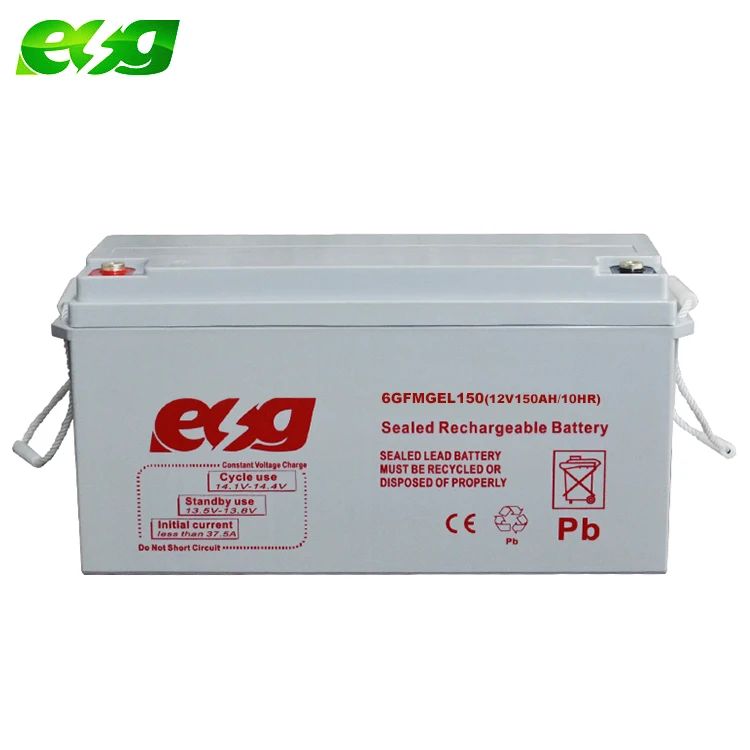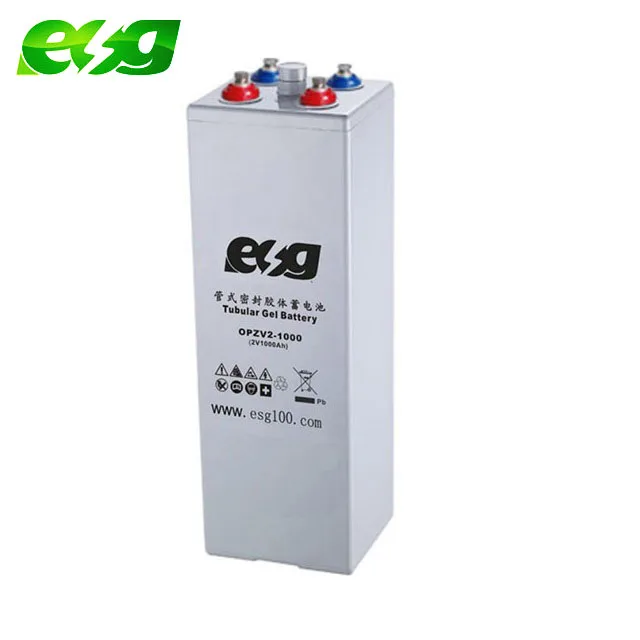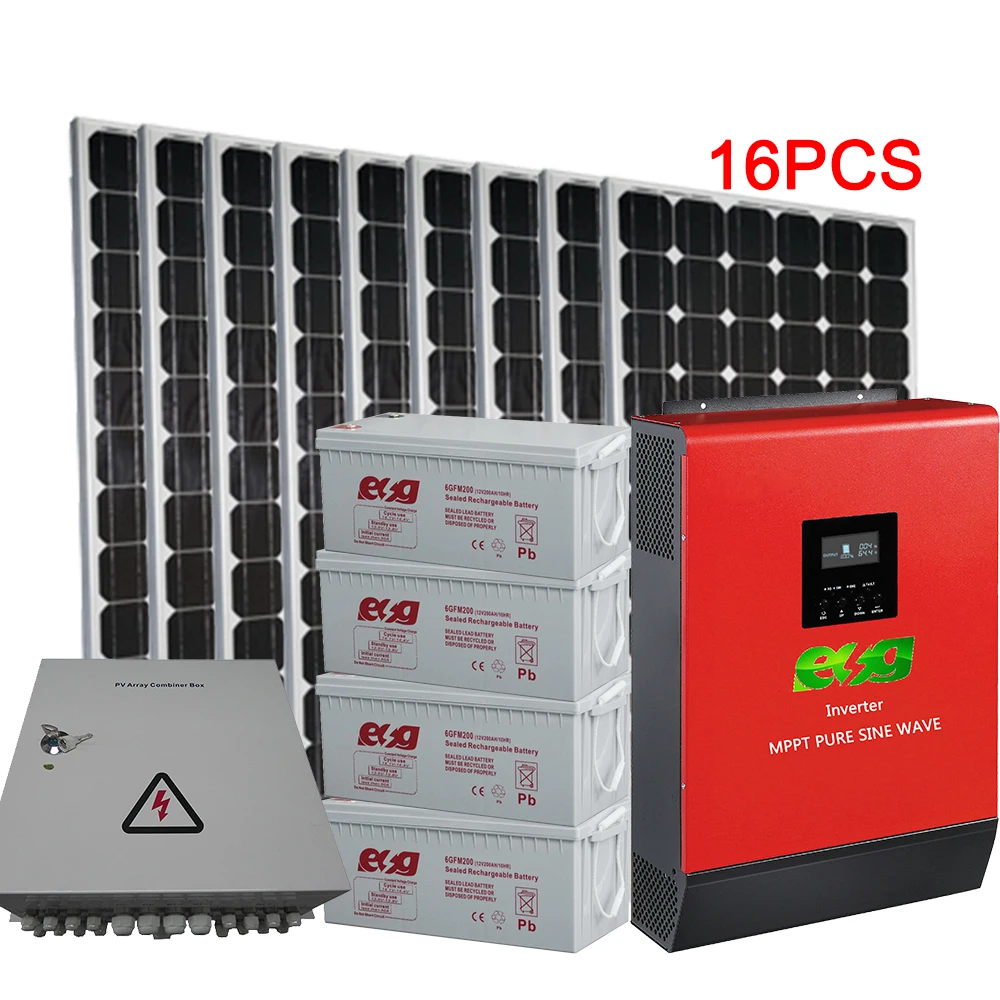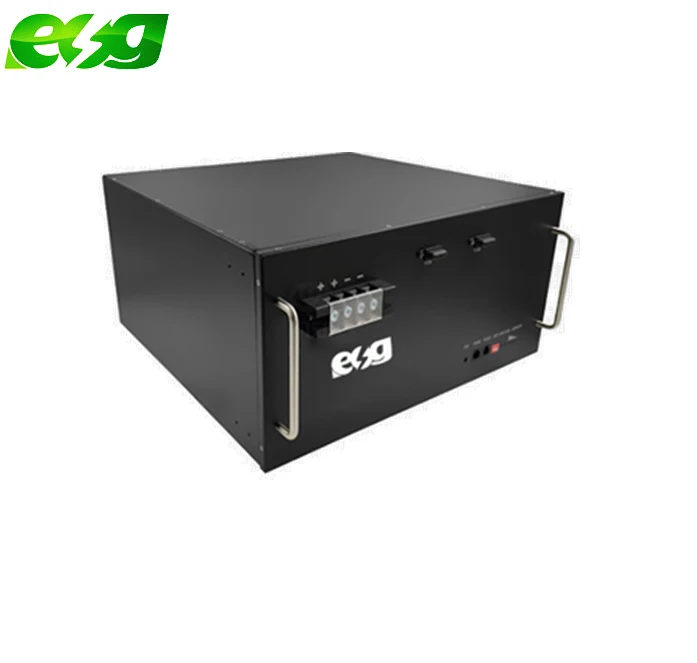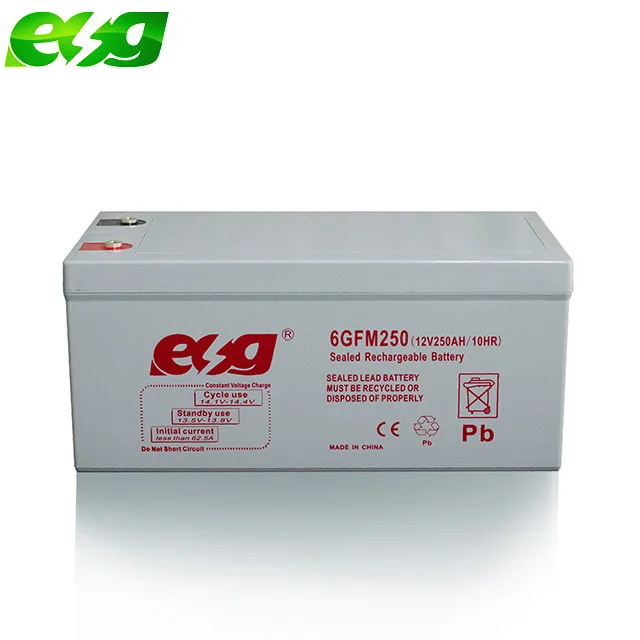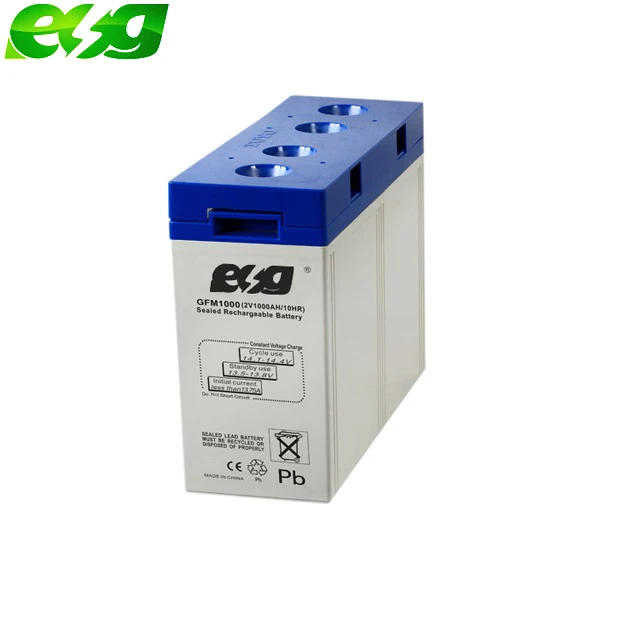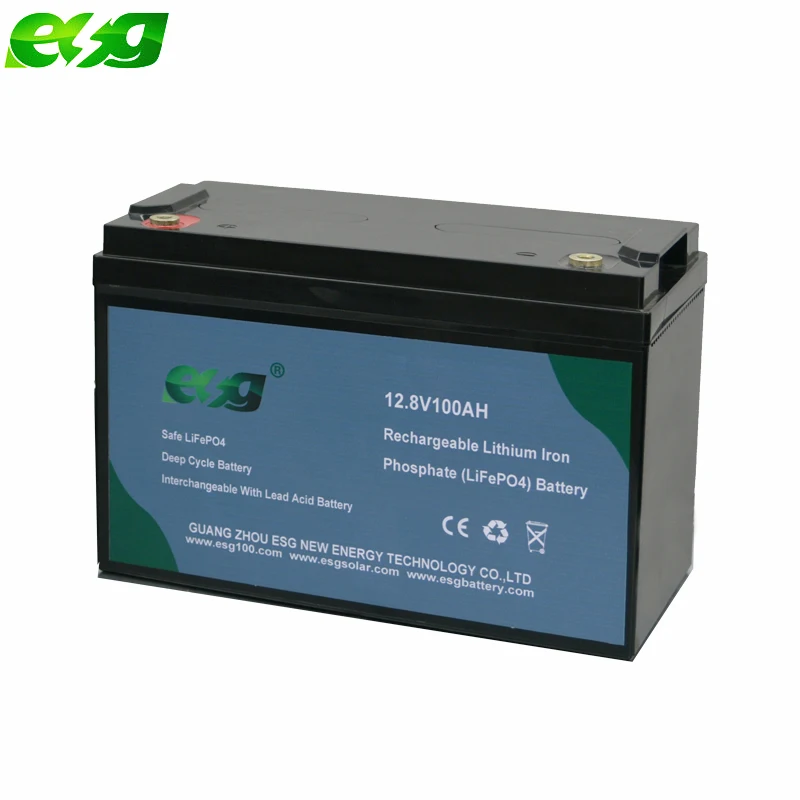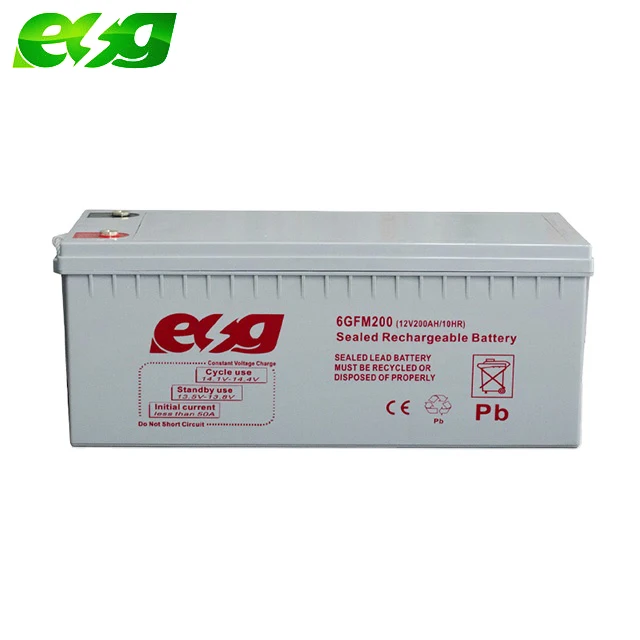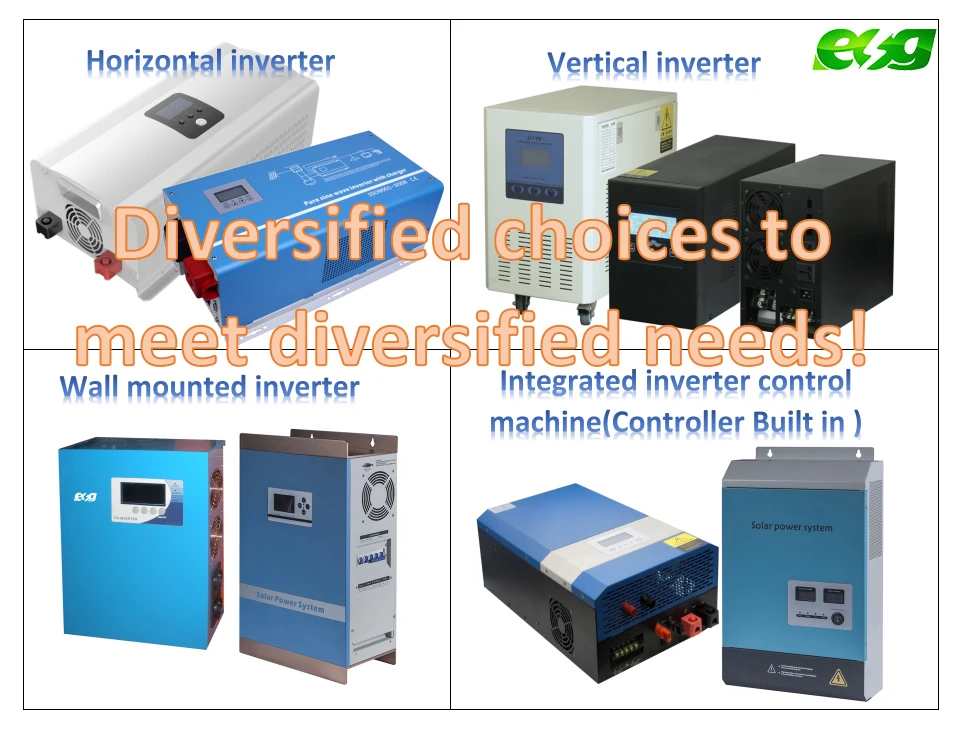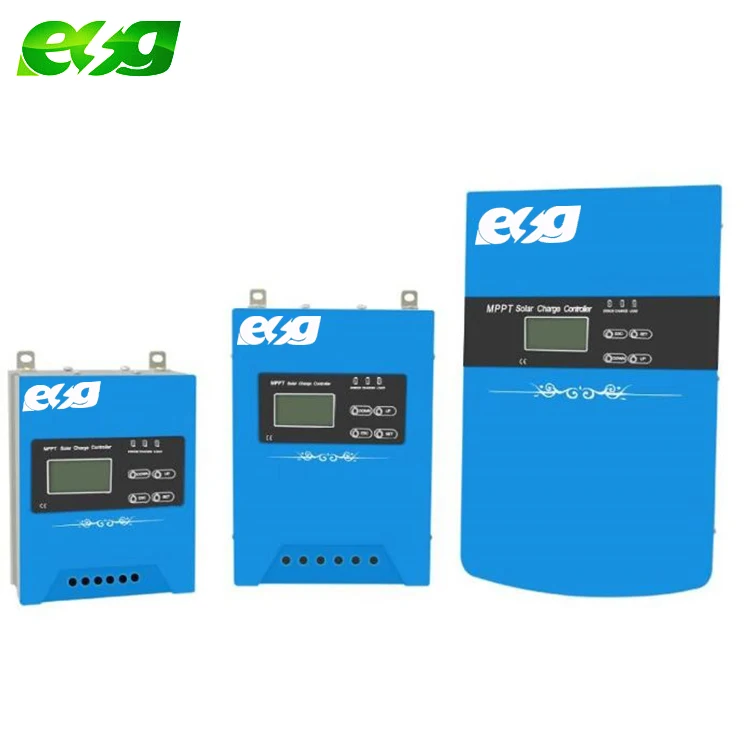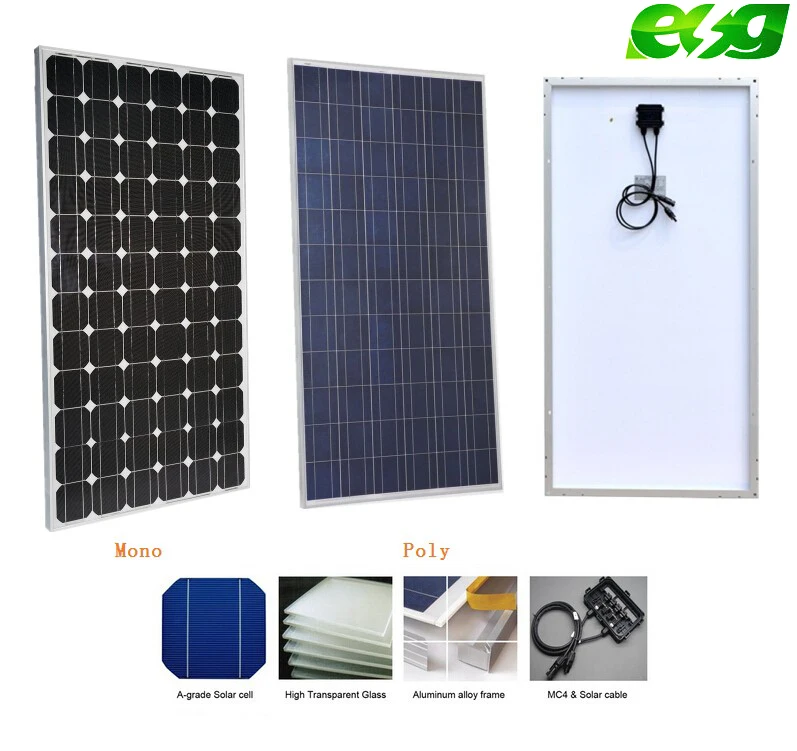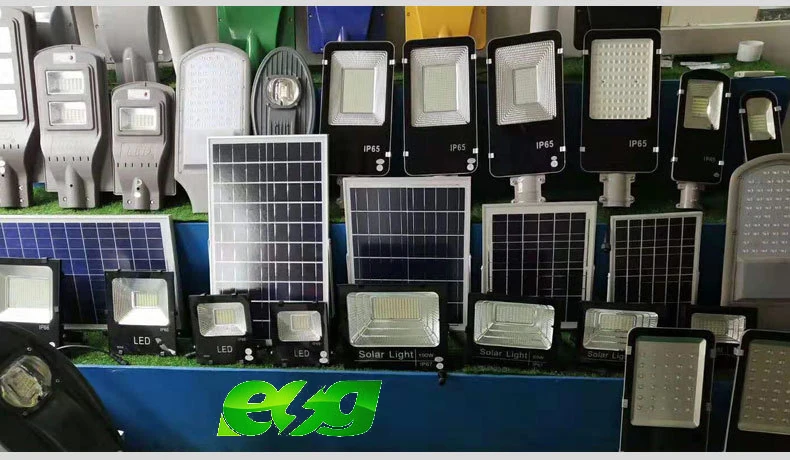Complete home solar energy system 4kw 5kw photovoltaic panel system for grid tied and off grid system
Complete home solar energy system 4kw 5kw photovoltaic panel system for grid tied and off grid system
Complete home solar energy system 4kw 5kw photovoltaic panel system for grid tied and off grid system
If you need we make the designer .
1. Please let me know Daily consumption. Total how much load power?
2. How many cloudy day would you consider?
3. How about system DC voltage?
Re the 3kw off-grid system .First kind check below. It is our projecComplete home solar energy system 4kw 5kw photovoltaic panel system for grid tied and off grid system
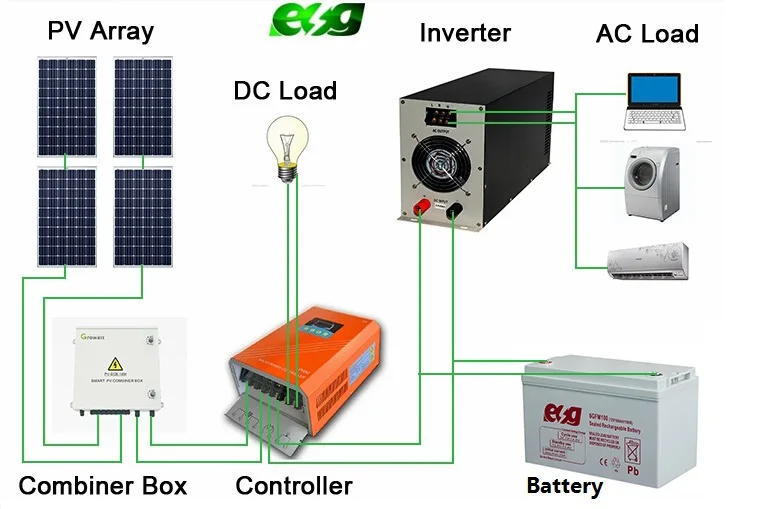
Home Use Complete Set 3KW Solar Power Syetem Generate 8kwh Electricity Off-Grid Solar System
Main Application for Solar System

For All Model We Can Customized On Your Request !!!

Detail Technical Parameter for Complete home solar energy system 4kw 5kw photovoltaic panel system for grid tied and off grid system Part
3KW Solar Power Syetem
250W Solar Panel :
Complete home solar energy system 4kw 5kw photovoltaic panel system for grid tied and off grid system
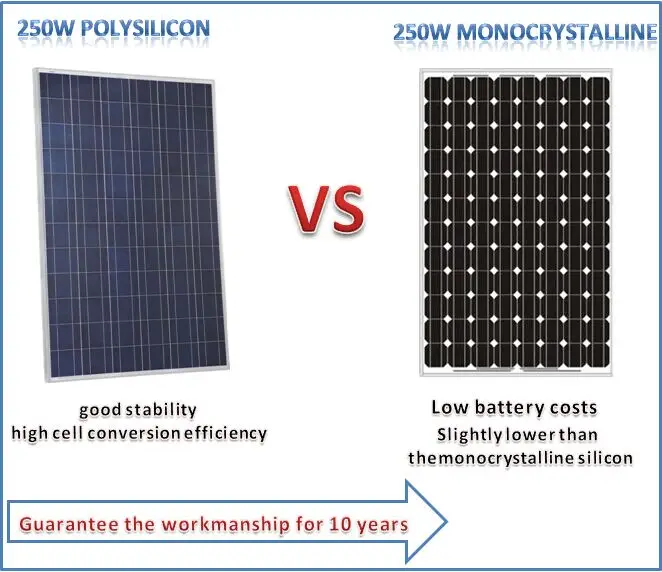
| Complete home solar energy system 4kw 5kw photovoltaic panel system for grid tied and off grid systemSolar Panel characteristics: | |
| Type of solar cell | Monocrystalline |
| Max-power:Pm(W) | 250W |
| Lay up of solar cell | 8 (6*12)PCS |
| Max-power voltage: Vm(V) | 37.2V |
| Max-power current: Im(A) | 6.72A |
| Open-circuit voltage:Voc(V) | 45V |
| Short-circuit current: Isc(A) | 7.30A |
| Max-system voltage(VDC) | 1000V |
| Operating temperature(℃) | -40℃~+85℃ |
| Power tolerance | 0~ +6W |
| Dimension of solar module | 1640*982*40mm |
| Gross weight of solar module | 19.4Kg |
| Front Cover | Low-iron Tempered glass/ 3.2mm |
| Frame | Anodization aluminum |
| Junction Box (protection degree) | IP65 |
| Hailstone Impact | 25mm at 23m/s |
| Qty/CTN | 2PCS |
Complete home solar energy system 4kw 5kw photovoltaic panel system for grid tied and off grid system Controller
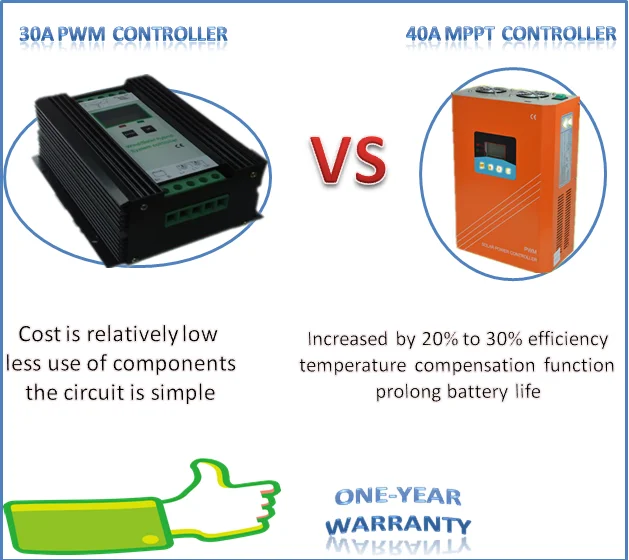
Complete home solar energy system 4kw 5kw photovoltaic panel system for grid tied and off grid system Inverter Specification:
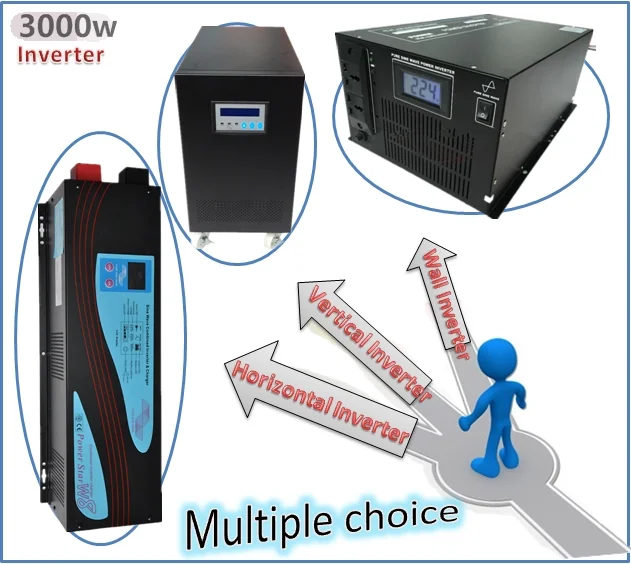
Complete home solar energy system 4kw 5kw photovoltaic panel system for grid tied and off grid system Battery

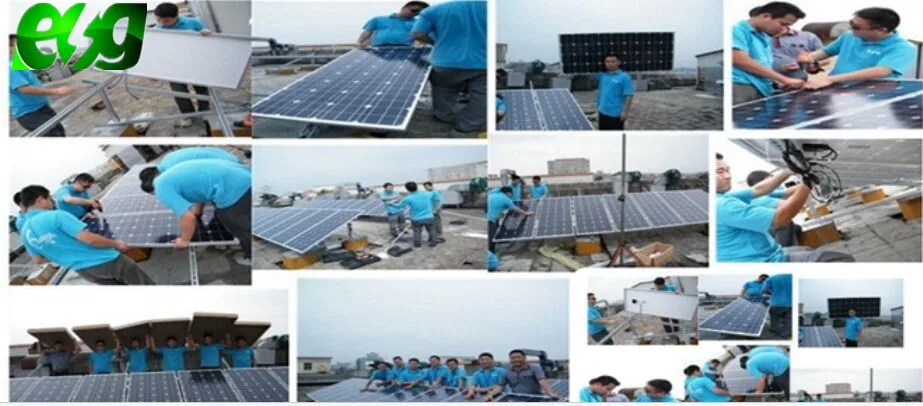
Complete home solar energy system 4kw 5kw photovoltaic panel system for grid tied and off grid system Battery Technical Parameter
3KW Solar Power Syetem
Packaging: 1pc in a color gift box,4pcs/ctn
1700pc/20FCL,3400pcs/40HQ
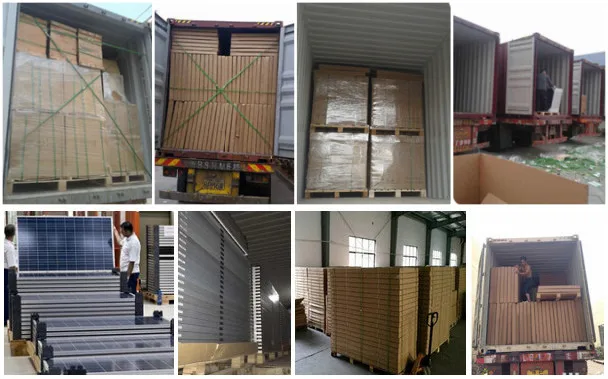
1. Your inquiry related to our products or prices will be replied in 24hours.
2. Professional service from well-trained and experienced staffs is customers’ best choice to secure good communication, on time delivery, reliable warranty etc.
3.OEM is available for Anern Products.
4Complete home solar energy system 4kw 5kw photovoltaic panel system for grid tied and off grid system.Sample is available.
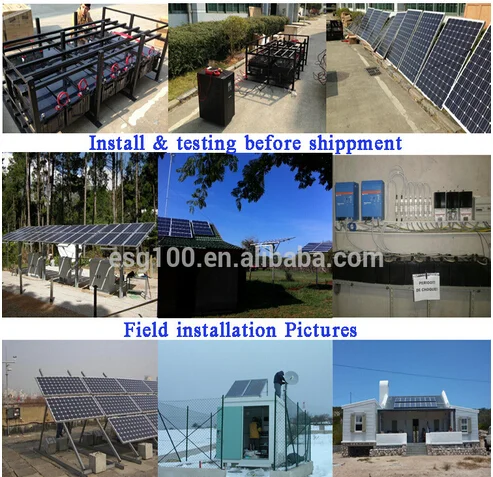
More products
ESG Teamwork
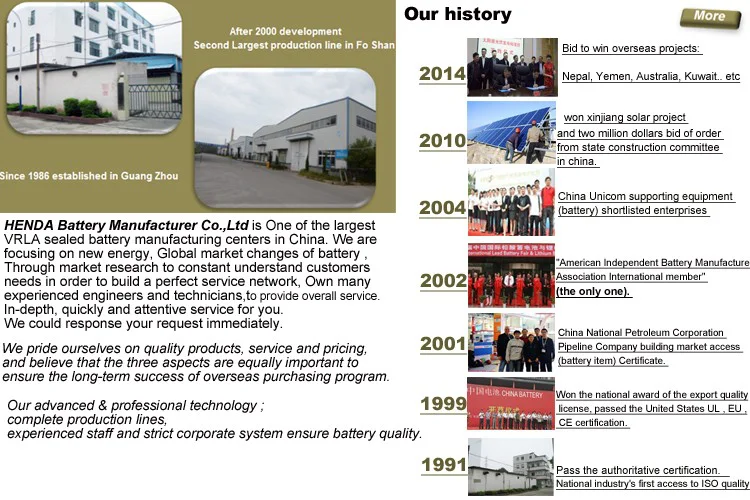
Certificates
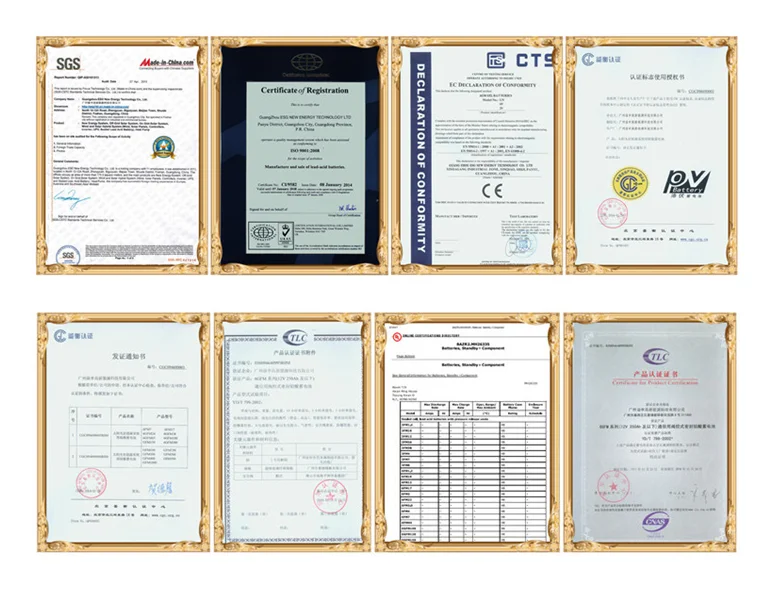
ESG Photos with Clients

Clients Feedback

3KW Solar Power Syetem
Power Electronics for Renewable Resource
SOLAR ENERGY
·SOLAR PHOTOVOLTAIC CONVERTERS
Solar photovoltaic (PV) converters: Solar PV converters convert sunlight energy into electricity. A typical PV panel consists of two or more thin layers of
semi-conducting material, which is commonly silicon. PV cells are connected together and encapsulated, to form a module or panel. Incoming solar rays are captured
by the solar panels.
When light strikes the silicon, it produces electrons that are conducted away by a metallic grid as direct current (DC). This is then sent through an inverter
and converted into alternating current (AC) electricity for use in the home, or at school.
IV. HOW A PV SYSTEM WORKS
Simply put, PV systems are like any other electrical power generating systems, just the equipment used is different than that used for conventional
electromechanical generating systems. However, the principles of operation and interfacing with other electrical systems remain the same, and are guided by a
well-established body of electrical codes and standards.
Although a PV array produces power when exposed to sunlight, a number of other components are required to properly conduct, control, convert,
distribute, and store the energy produced by the array.
Depending on the functional and operational requirements of the system, the specific components required may include major components such as a
DC-AC power inverter, battery bank, system and battery controller, auxiliary energy sources and sometimes the specified electrical load (appliances). In addition, an
assortment of balance of system (BOS) hardware, including wiring, overcurrent, surge protection and disconnect devices, and other power processing equipment.
Figure 3 show a basic diagram of a photovoltaic system and the relationship of individual components.
V. TYPES OF SYSTEMS
Photovoltaic power systems are generally classified according to their functional and operational requirements, their component configurations, and how
the equipment is connected to other power sources and electrical loads. The two principal classifications are grid-connected or utility-interactive systems and
stand-alone systems. Photovoltaic systems can be designed to provide DC and/or AC power service, can operate interconnected with or independent of the utility
grid, and can be connected with other energy sources and energy storage systems.
Grid-Connected or Utility-Interactive PV Systems
Grid-connected or utility-interactive PV systems are designed to operate in parallel with and interconnected with the electric utility grid. The primary
component in grid-connected PV systems is the inverter, or power conditioning unit (PCU). The PCU converts the DC power produced by the PV array into AC
power consistent with the voltage and power quality requirements of the utility grid, and automatically stops supplying power to the grid when the utility grid is not
energized. A bi-directional interface is made between the PV system AC output circuits and the electric utility network, typically at an on-site distribution panel or
service entrance. This allows the AC power produced by the PV system to either supply on-site electrical loads, or to back-feed the grid when the PV system output
is greater than the on-site load demand. At night and during other periods when the electrical loads are greater than the PV system output, the balance of power
required by the loads is received from the electric utility This safety feature is required in all grid-connected PV systems, and ensures that the PV system will not
continue to operate and feed back into the utility grid when the grid is down for service or repair.

Stand-Alone Photovoltaic Systems
ESG Factory 32 Years History , Worthy of Trust !
We Welcome you to our Factory for a tour!
Complete home solar energy system 4kw 5kw photovoltaic panel system for grid tied and off grid system
Home Use Complete Set 3KW Solar Power System
We have more categories for you. lf you can't find the products you want above,just fill in the form and tell us whatproducts you want to import from China.


